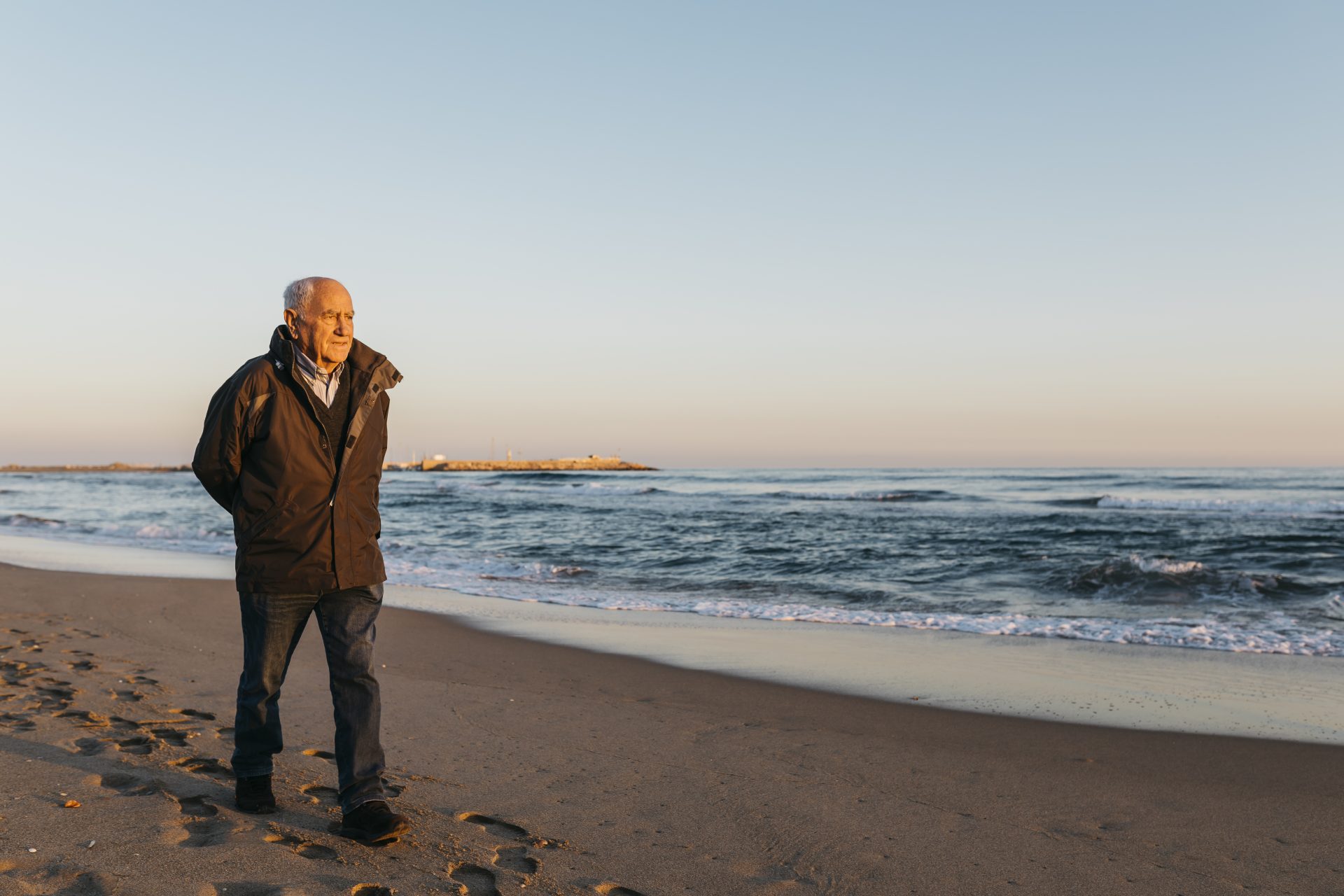Increasing your steps by this much could lower your blood pressure
The vast majority of older adults living in the United States today suffer from high blood pressure according to the University of Connecticut. However, new research has shown that a short walk each day could be the key to lowering your risk of high blood pressure.
A study published in the Journal of Cardiovascular Development and Disease found that adding a very minimal amount of movement to your day can lower the blood pressure of older adults by a significant amount. How much is enough? About 7,000 steps a day researchers say.
“We’ll all get high blood pressure if we live long enough, at least in this country,” said the study’s co-author Linda Pescatello. “That’s how prevalent it is.” Pescatello is a professor at the University of Connecticut and an expert on high blood pressure and exercise.
University of Connecticut reported in a news release on the study that previous work by Pescatello discovered exercise can have a “significant immediate and long-lasting impact on lowering blood pressure in hypertensive adults.” But her new work went even further.
Pescatello partnered with study lead author Elizabeth Lefferts and co-author Duck-chun Lee to see if hypertension, the clinical name of high blood pressure, was something that could be affected by the most popular form of exercise among the elderly—walking.
The researchers studied a group of sedentary older adults between the ages of 68 and 78 who walked for an average of 4,000 steps per day prior to the study. The goal was to get the participants to increase their daily step count to 7,000 steps per day.
“It’s easy to do, they don’t need any equipment, they can do it anywhere at almost any time,” Lee explained. “It’s easy to do, they don’t need any equipment, they can do it anywhere at almost any time,” the researcher added.
The study was undertaken at the height of the Covid-19 pandemic. But the restrictions did not play a major role in limiting walking and the results of the study showed that the participants received a 4 to 7 point drop in their diastolic and systolic blood pressure.
Study lead author Elizabeth Lefferts was happy with the results and said it was “exciting that a simple lifestyle intervention can be just as effective as structured exercise and some medications.” The study suggests that 7,000 steps can be equal to some medications.
“In a previous study, we found that when exercise is combined with medication, exercise bolsters the effects of blood pressure medication alone,” Pescatello said. “It just speaks to the value of exercise as anti-hypertensive therapy…it’s part of the treatment arsenal.”
More for you
Top Stories























